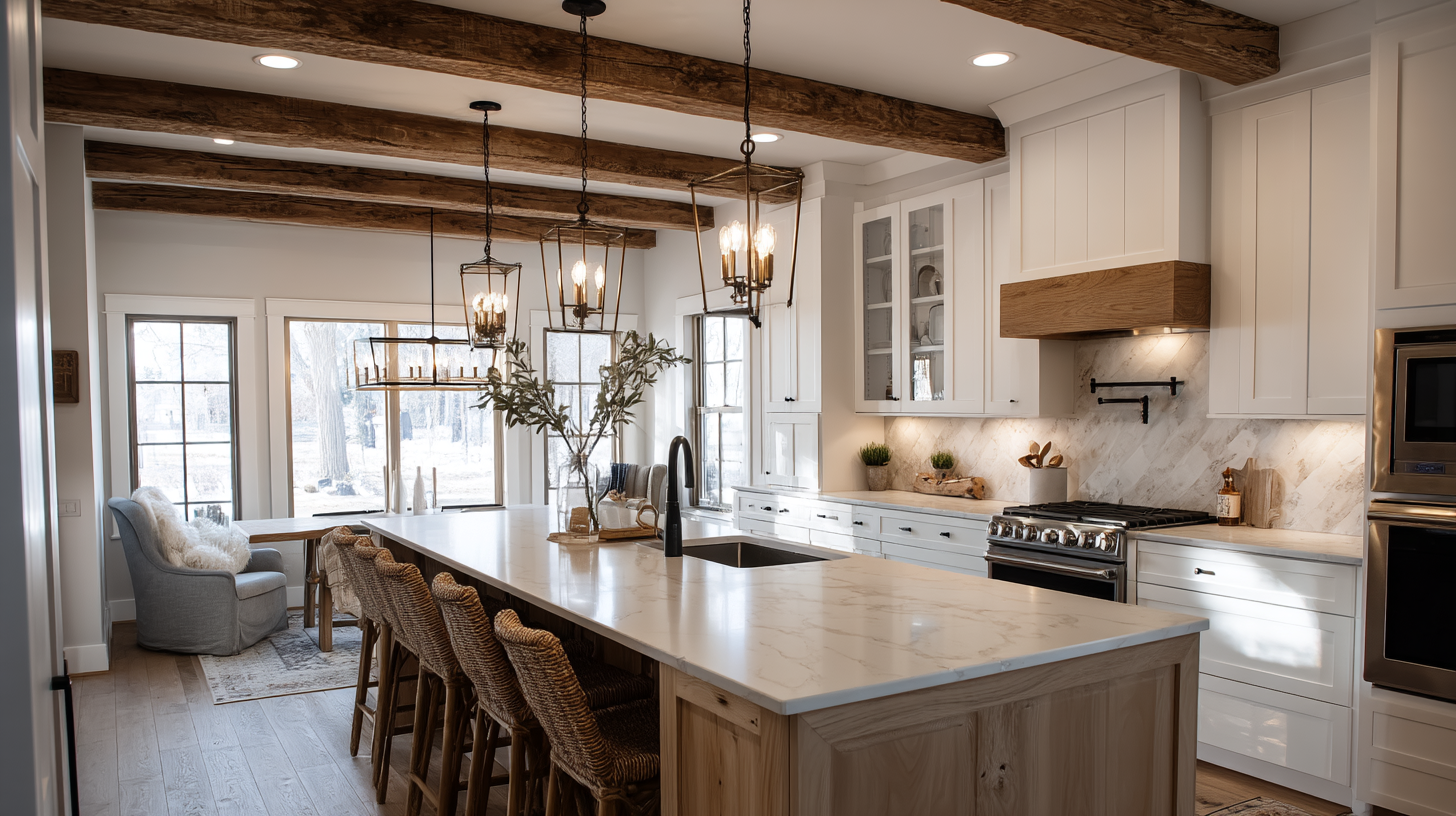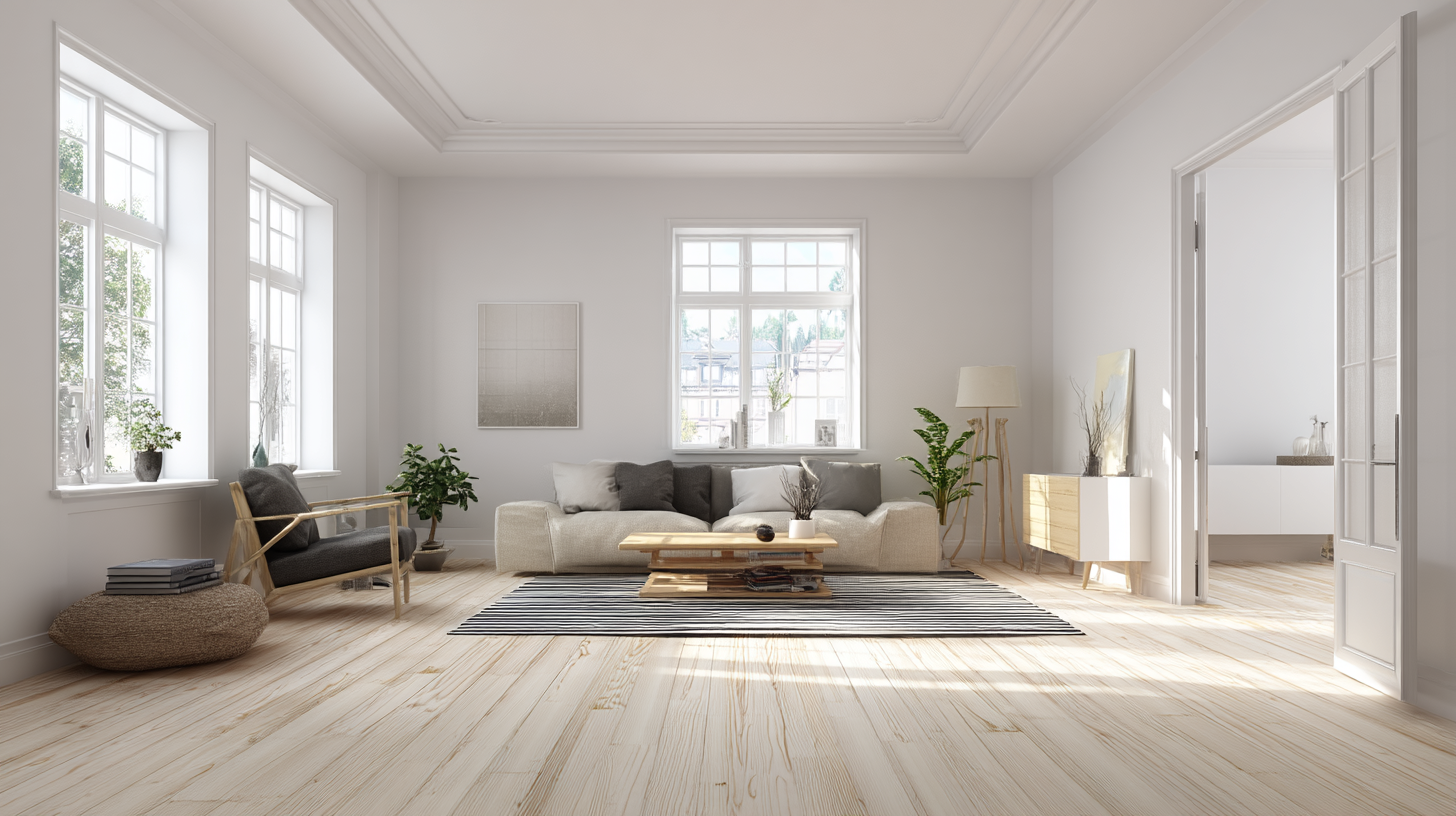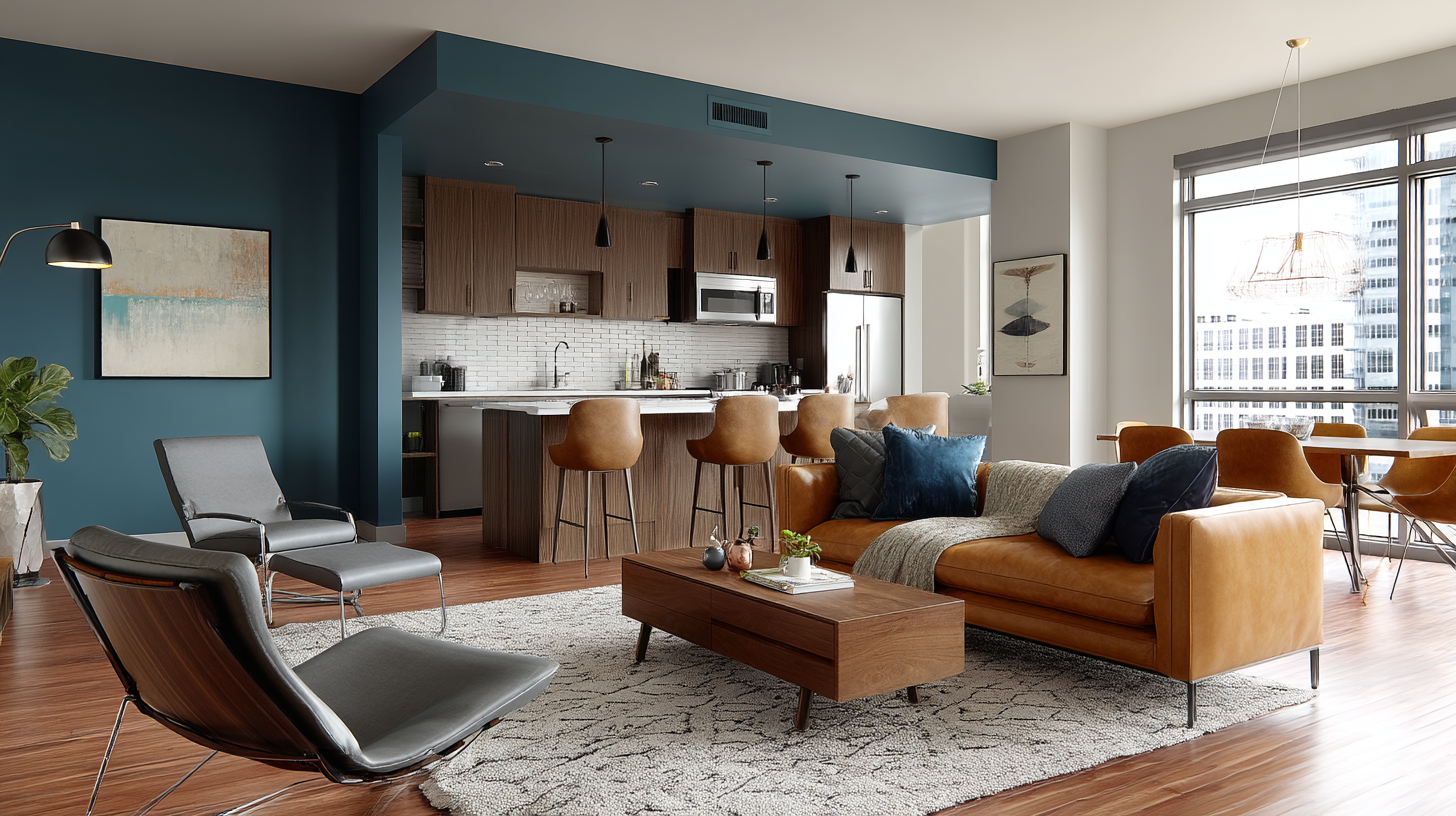Partnered with #1 ADU Builders
Contact Golden State
Drop us a line! We look forward to discussing your next project with you!
Cut the chase! Schedule a face-to-face virtual meeting with us today to dive into your project's next steps.
For our returning clients, experience our streamlined, contact-free project proposal process. Simply fill out our short project questionnaire, and we'll deliver your project proposal within 72 hours.
Contact Us:
Follow Us:

- Golden State Design & Engineering
- Comment 0
How Much Do Home Renovation Costs in 2025? A Complete California Homeowner’s Guide
Planning a remodel this year? You’re not alone. Thousands of California homeowners are investing in home improvement projects to improve comfort, increase property value, and adapt their homes to modern lifestyles. Whether you’re refreshing a kitchen, opening up the floor plan, or undertaking an entire house renovation, understanding the average cost to renovate in 2025 is essential.
At Golden State Design & Engineering (GSDE), we work with homeowners throughout California to design and engineer cost-effective, code-compliant renovation projects that deliver long-term value. In this guide, we’ll explore what home renovation costs in 2025, how to create a smart renovation budget, and how to save money while improving your living space.
What Is the Average Home Renovation Cost in 2025?
The average home renovation cost varies widely depending on the project scope, location, and material choices. In 2025, homeowners can expect to pay:
- $15 to $60 per square foot for light cosmetic updates
- $100 to $250 per square foot for mid range remodeling projects
- $250+ per square foot for extensive renovations involving structural changes or luxury upgrades
Here’s a breakdown of renovation costs by room and project type:
| Renovation Project | Average Cost Range |
|---|---|
| Kitchen remodel | $45,000 – $100,000+ |
| Modest bathroom remodel | $6,000 – $15,000 |
| Full bathroom renovation | $18,000 – $35,000+ |
| Garage remodel | $25,000 – $75,000 |
| Whole house renovation cost | $120,000 – $450,000 |
| Room addition or ADU | $250 – $400 per square foot |
| Exterior remodel or improvements | $20,000 – $150,000+ |
Your square footage, floor plan, and location play a major role in determining your total project costs. For example, a 2,000-square-foot home in Sacramento undergoing a whole home renovation could range from $200,000 to over $400,000, depending on the finishes, structural changes, and permit requirements.
If you’re renovating in areas like Folsom, Santa Rosa, or San Jose, expect higher labor and material costs due to regional market conditions. Local permitting timelines, contractor availability, and energy compliance standards also impact the overall cost.
What Affects Home Renovation Costs the Most?

Several key factors determine how much it costs to renovate a house in 2025. Understanding these will help you create a more accurate project budget and avoid unexpected expenses.
1 | Project Scope
The larger and more complex the renovation, the higher the cost. For example, floor plan changes that require structural engineering, electrical work, or relocating plumbing will add to your total project costs. Cosmetic upgrades like new flooring or paint are much more affordable than tearing down walls or replacing mechanical systems.
2 | Square Footage
Cost per square foot is a reliable way to estimate home renovation expenses. The larger the area you’re renovating, the higher your overall cost, although larger projects may benefit from lower per square foot rates due to economies of scale. A kitchen remodel may cost $300 per square foot if it involves custom cabinetry, premium materials, and updated appliances.
3 | Material Costs
Material costs in 2025 continue to rise due to supply chain fluctuations and increased demand. Using premium materials like quartz countertops, hardwood flooring, or energy efficient windows can elevate your renovation costs quickly. If you’re looking to save money, value engineering and smart material selection can help reduce your project budget without sacrificing quality.
4 | Labor Costs
Labor costs in California remain high due to ongoing skilled trade shortages. Hiring licensed professionals is essential for code compliance, especially when dealing with structural changes, electrical upgrades, or mold or asbestos remediation. Labor typically makes up 40–50% of renovation costs, so choosing the right team matters.
5 | Building Permits and Regulatory Requirements
Nearly all major home renovation projects require building permits. These permits come with fees, inspections, and often design or engineering documentation. Costs vary by city, and homes located in wildfire zones or coastal regions may have additional requirements related to defensible space, energy compliance, or structural resilience.
6 | Existing Conditions and Hidden Costs
Renovating an older home often reveals hidden costs like outdated electrical work, mold or asbestos, or deteriorated framing. These issues can significantly increase your overall cost and delay the renovation process. We recommend including a 10–20% contingency in your renovation budget to account for potential surprises.
7 | Project Timing and Contractor Availability
The time of year you choose to renovate affects both costs and timelines. Spring and summer are peak construction seasons, which means higher demand and possibly increased labor rates. Starting the planning process early improves contractor availability and helps you avoid scheduling delays.
How to Build a Smart Renovation Budget

A successful renovation starts with a realistic and flexible renovation budget. Here’s how to plan effectively.
Determine Your Total Project Costs
Begin by estimating the cost per square foot based on your project type. For example:
- A mid range kitchen renovation: $150–$250 per square foot
- A whole house remodel with structural changes: $200–$400 per square foot
- A bathroom renovation: $18,000–$35,000, depending on fixtures and finishes
Break Down the Budget
Include these key categories in your renovation budget:
- Design and engineering fees
- Permit and city fees
- Labor costs
- Material costs
- Contingency for unexpected expenses
- Alternate living expenses, if needed
If your renovation makes your home temporarily uninhabitable, factor in alternate living expenses such as short-term rentals or hotel stays.
Prioritize Based on Value
Not all upgrades deliver the same return. Focus on the highest value renovation projects first, such as a kitchen remodel, bathroom renovation, or improving energy efficiency. These investments increase property value and enhance your daily comfort.
Consider Financing Options
If your renovation costs exceed your savings, consider financing through personal loans, home equity loans, or renovation-specific mortgage products. Many homeowners in California use financial resources strategically to complete large projects while preserving cash flow.
What Renovation Projects Offer the Best ROI?

If you’re wondering where to invest for the greatest return, industry research points to these high-impact areas:
Kitchen Remodel
A kitchen remodel consistently ranks as one of the best ways to improve both property value and livability. Replacing outdated appliances with energy efficient appliances, installing custom cabinetry, and upgrading surfaces with durable materials like quartz or stone can deliver strong returns.
Bathroom Renovation
A bathroom renovation improves functionality, adds luxury, and increases resale appeal. Features like a walk in shower, double vanity, or heated floors elevate the space. A modest bathroom remodel can still deliver excellent value when done efficiently.
Floor Plan Optimization
Removing walls to create an open-concept floor plan can make your home feel larger and more modern. Floor plan changes often require structural engineering, so include design and permit costs in your renovation budget.
Energy Efficiency Upgrades
Installing energy efficient windows, smart thermostats, and high-efficiency HVAC systems like a new furnace or heat pump not only lowers your monthly living costs but may also qualify for rebates or tax incentives.
Exterior Improvements
An exterior remodel, such as replacing siding, re-roofing, or updating the entryway, improves curb appeal and protects your investment. These upgrades are especially valuable if you plan to sell your home in the near future.
Tips to Save Money on Home Renovation Projects
Renovating doesn’t have to break the bank. Here are smart ways to reduce costs while maintaining quality:
- Plan ahead to avoid costly change orders and rushed decisions
- Choose cost effective materials that balance durability and design
- Use existing space creatively instead of building new square footage
- Phase your renovation projects to spread costs over time
- Work with a professional team to avoid mistakes and hidden costs
- Repurpose or refurbish elements like cabinets or flooring when possible
Why Work with Golden State Design & Engineering?

At GSDE, we offer more than architectural design. We bring together licensed professionals across civil, structural, and architectural disciplines to support the entire renovation process from concept to construction.
Our Services Include:
- Custom floor plan design
- Structural engineering for wall removal or additions
- Civil engineering for site grading and drainage
- Permit drawings and submission coordination
- Consultation on building codes, energy standards, and cost estimates
We serve homeowners across Sacramento, Folsom, El Dorado Hills, Santa Rosa, and San Jose. Our deep knowledge of California construction codes and city processes helps you avoid delays and costly errors.
FAQs About Renovation Costs in California
How much does it cost to renovate a house?
The cost to renovate a house varies depending on size, location, and scope. On average, expect to spend $100 to $250 per square foot for mid range renovations. Whole home renovation cost can exceed $400,000 depending on the details.
How can I estimate renovation costs for my home?
Start by identifying your project scope, square footage, and desired finishes. Then speak with a licensed design and engineering team like GSDE to get accurate cost estimates tailored to your location.
What are the most common hidden costs?
Unexpected expenses may include mold or asbestos remediation, electrical upgrades, structural reinforcement, or building permit fees. A 10–20% contingency is recommended to cover these.
Do I need a permit to renovate a house?
Most renovation projects that involve electrical work, plumbing, structural changes, or exterior improvements require building permits. GSDE handles this for you, ensuring compliance with all local requirements.
Can I live in my home during the renovation?
It depends on the scope. For minor renovations, staying home is possible. For entire house renovations, you may need to plan for alternate living expenses during construction.
Conclusion: Plan Smarter, Build Better
Home renovation costs in 2025 are driven by project scope, location, material choices, and regulatory requirements. With the right team, you can renovate a house cost effectively while increasing comfort and property value. The key is understanding your square footage, planning around your renovation budget, and preparing for additional costs that may arise.
At Golden State Design & Engineering, we help California homeowners bring their home improvement projects and renovation plans to life through expert planning, engineering, and permitting. Whether you’re remodeling a kitchen, redesigning your floor plan, or taking on an entire house transformation, our team is here to guide you every step of the way.
#NAICS’s:
- 541310 Architectural Services &
- 541330 Engineering Services
DUNS NO:
- 119132267
#SIC’s
- 8712 Architectural Services &
- 8711 Engineering Services
Cage #
- 9R4L5
#UNSPSC’s:
- 81101500, 81101502, 81101505, 81101508, 81101526, 81101533, 81101522

